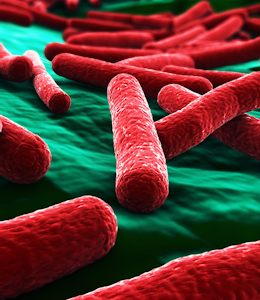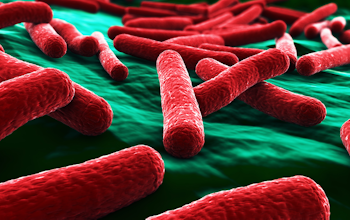Food Standards Agency concludes 4-year PATH-SAFE programme enhancing UK surveillance of foodborne disease

Last month saw the marking of a major milestone in the UK’s efforts to detect and respond to threats from foodborne pathogens (FBPs) and antimicrobial resistance (AMR), with the conclusion of the 4-year £24m Pathogen Surveillance in Agriculture, Food, and the Environment (PATH-SAFE) programme undertaken by the Food Standards Agency (FSA).
Launched in 2021, this FSA led, cross-government and cross-sector programme of pilot research was delivered with over 65 partners, including UKHSA, DEFRA, APHA, FSS, EA, VMD, DHSC and CEFAS.
PATH-SAFE sought to find new ways of tackling and managing FBPs and AMR and enhance bio-surveillance across the UK’s agri-food system. It has delivered new tools, data and partnerships that are already influencing national strategies and outbreak response.
Key Achievements
The FSA have reported the following key achievements:
- New surveillance methods: the programme developed new approaches to surveillance including wastewater monitoring, which have helped highlight the risks associated with, for example, hospital waste discharges and the spread of pathogens and AMR into the environment.
- Stronger data and insight: over 8,300 samples and 12,500 isolates were sequenced, and some of this data has helped create new baselines, enhancing understanding of FBP and AMR in different contexts such as livestock and imported feed
- Innovations at scale: genomic data platforms for pathogens like Salmonella and E-coli were created and are now being trialled across government
- Better coordination: PATH-SAFE strengthened cross sector partnerships and brought in new stakeholders from industry and local government
- Strategic Influence: PATH-SAFE has been cited in major UK strategies including the UK Biological Security Strategy, and the AMR National Action Plan 2024-2029, reflecting its alignment with wider national priorities
- Early policy impact: the programme’s inclusion in high-profile research and surveillance reports, such as the Veterinary Antimicrobial Resistance and Sales Surveillance report, offers early evidence of its long-term potential impact.
What are foodborne pathogens?
Foodborne pathogens are disease-causing agents carried by or transmitted through food, and examples include norovirus, Campylobacter, Listeria, Salmonella and Shiga toxin-producing Escherichia coli (STEC).
According to the Food Standards Agency they cause approximately 2.4 million cases of disease in the UK population and impose an annual cost to society equivalent to £9.1 billion every year.
You can find out more here at the FSA’s website.
Erudus and foodborne pathogens
Erudus is dedicated to ensuring that important food data is accessible by everyone who needs to see it, and that includes microbiological criteria and the proof that Manufacturers are compliant within it. So Erudus specifications allow our users to fill in microbiological fields for their products, making this information available to their Wholesaler and Caterer customers.
You can find out more about Microbiological Fields and the importance of using them here.
And you can read the following additional Erudus articles relating to foodborne pathogens and best practices for avoiding them:
What Rick Mumford, Head of Science Evidence and Research, at the Foods Standards Agency had to say:
“PATH-SAFE has shown what’s possible when we coordinate across sectors with a shared mission. We now have new tools, stronger partnerships, and actionable insights that are already shaping decision-making. The next step is to ensure this momentum continues with long term investment and clear cross government ownership.”
Read the full story, and the next steps the FSA plan to take here.
You may also be interested in…
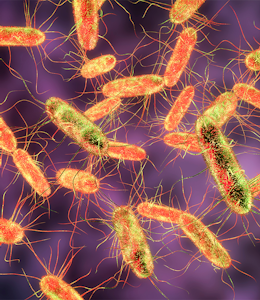
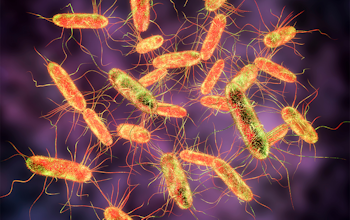
You may also be interested in…
What you need to know about Salmonella
ReadYou may also be interested in…
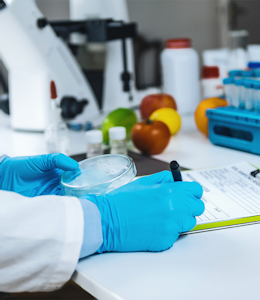

You may also be interested in…
